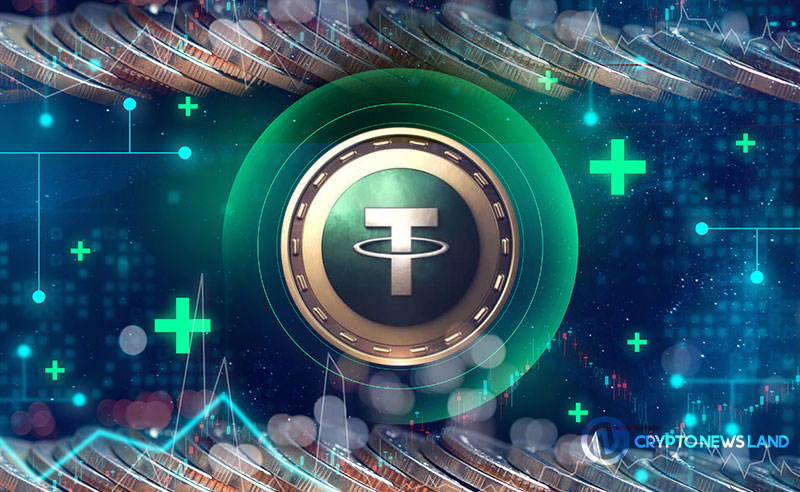- USDT 24-hour transaction volume on the Tron Network hit $53 billion, surpassing Visa’s average daily volume of $42 billion.
- Visa’s first quarter 2024 trading volume was $3.78 trillion, highlighting the competition between traditional finance and digital currencies.
- USDT’s surge is driven by investors seeking stability amid Bitcoin’s price decline, emphasizing the resilience of stablecoins in volatile markets.
Tether’s USDT has surpassed Visa in daily transaction volume, signaling a significant change in the financial landscape. The recent drop in Bitcoin prices is primarily responsible for the spike in USDT transactions on the Tron network.
The stability of stablecoins is drawing increasing interest from investors in periods of market volatility. Investors are able to keep their assets within the cryptocurrency ecosystem with stablecoins like USDT, which provide a reliable option during market volatility.
The 24-hour trading volume of USDT on the Tron Network surpassed Visa’s average daily trading volume, reaching $53 billion. In the first quarter of 2024, Visa’s trading volume was $3.78 trillion, with an average daily transaction volume of $42 billion. This comparison brings to light the dynamic competition between digital currencies and traditional financial systems.
Visa has been a vital component of the traditional financial system since its inception in 1958. Its extensive network processes billions of transactions yearly in more than 200 countries. Visa has a stable and dependable infrastructure, but USDT has outperformed it in terms of average daily transaction volume.
USDT has revolutionized the financial industry with its $53 billion transaction volume on the Tron network in a single day. Visa may need to research and invest in blockchain technology or consider creating its own stablecoin in order to remain competitive in the changing financial environment.
The crucial role that stablecoins like USDT play in modern financial transactions is becoming increasingly recognized by their increasing adoption. This development represents a shift in how financial systems operate in the digital age, ushering in a new era of competition between traditional and digital financial infrastructures.

